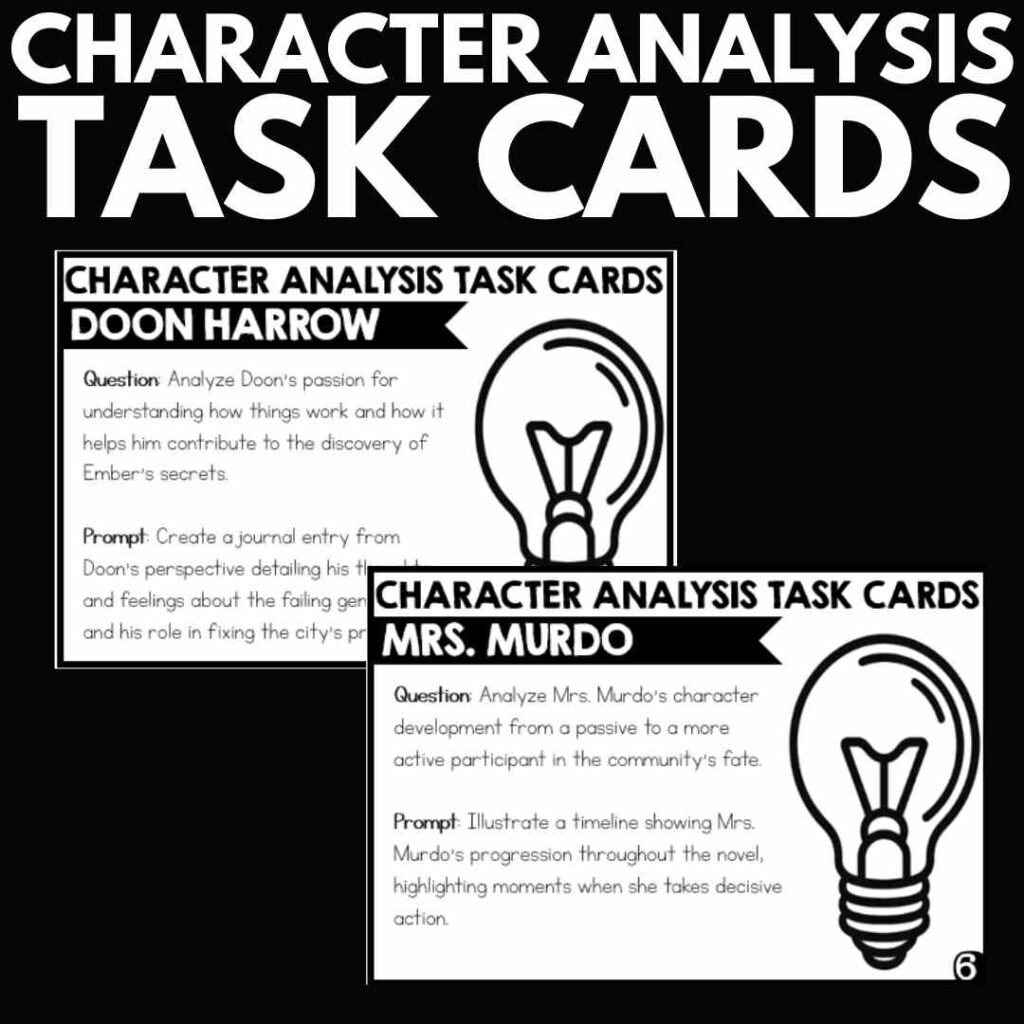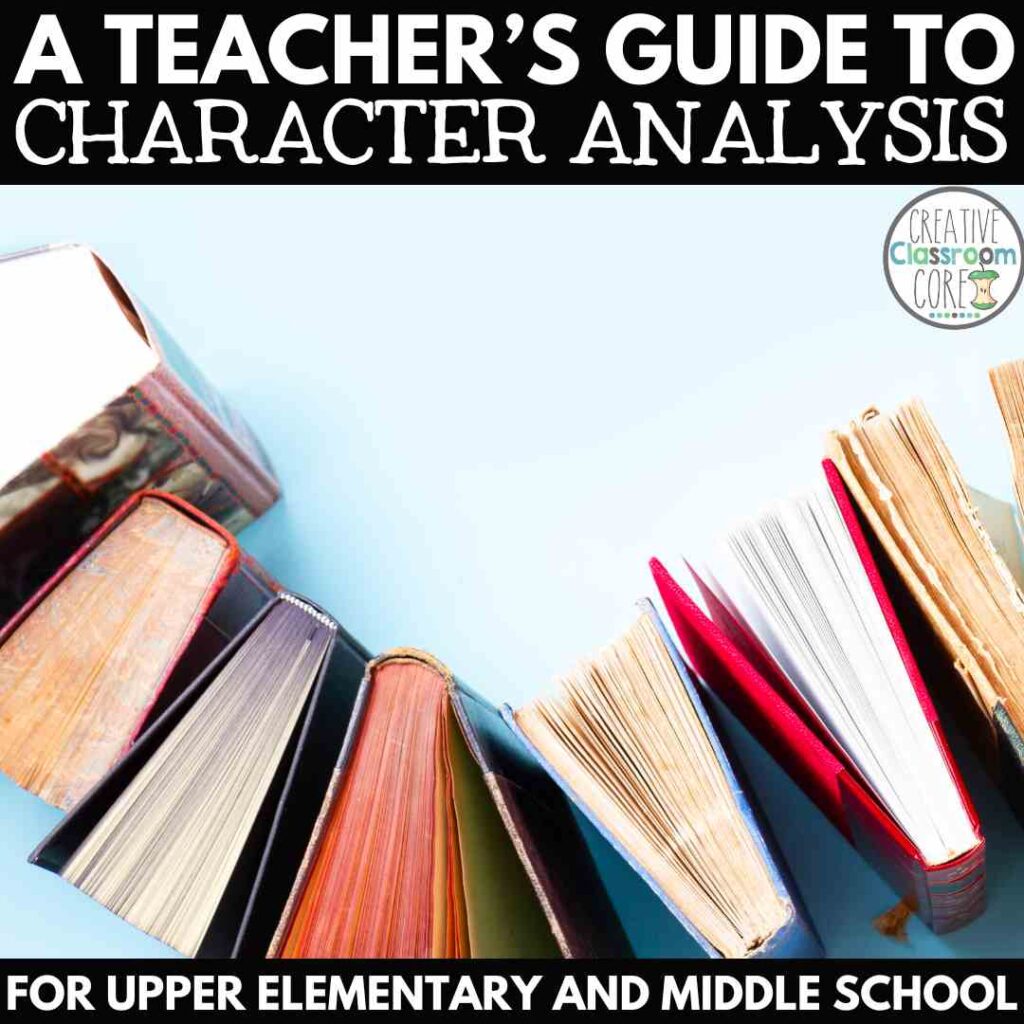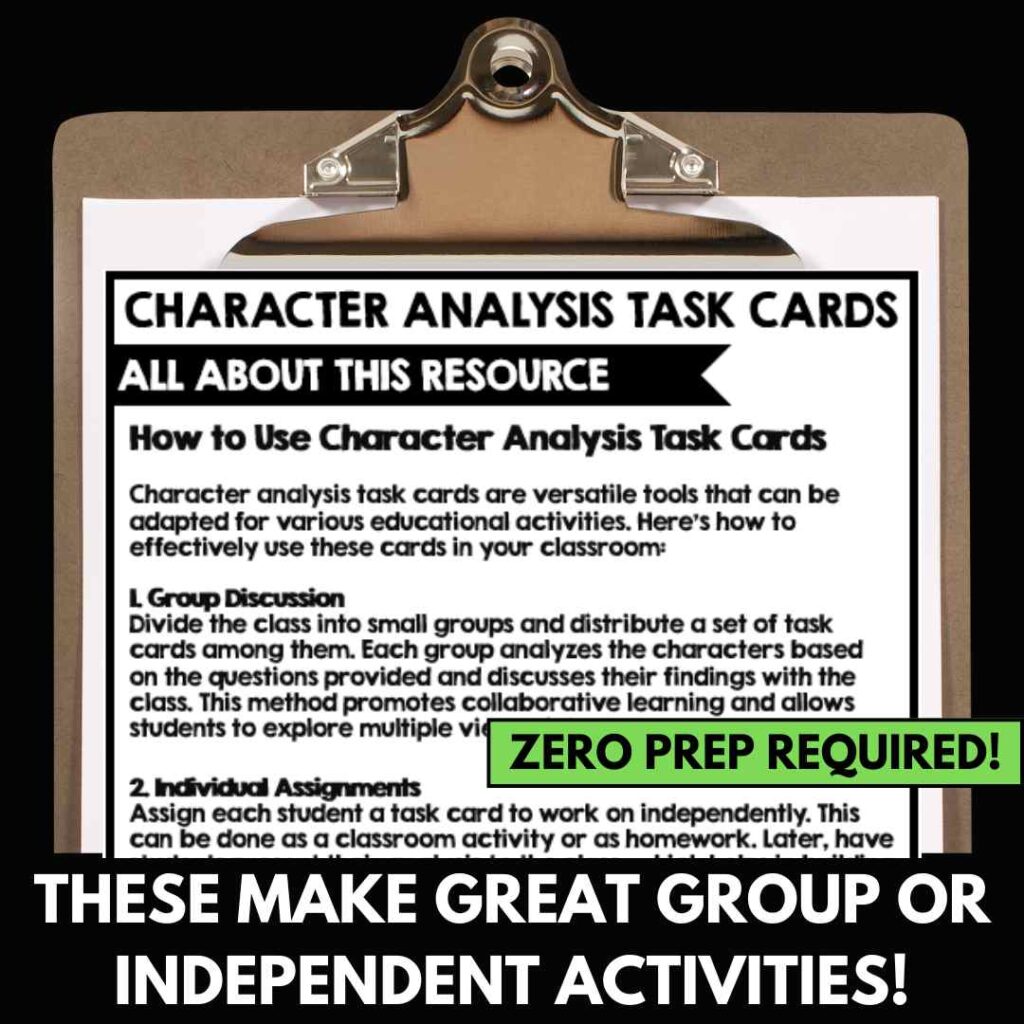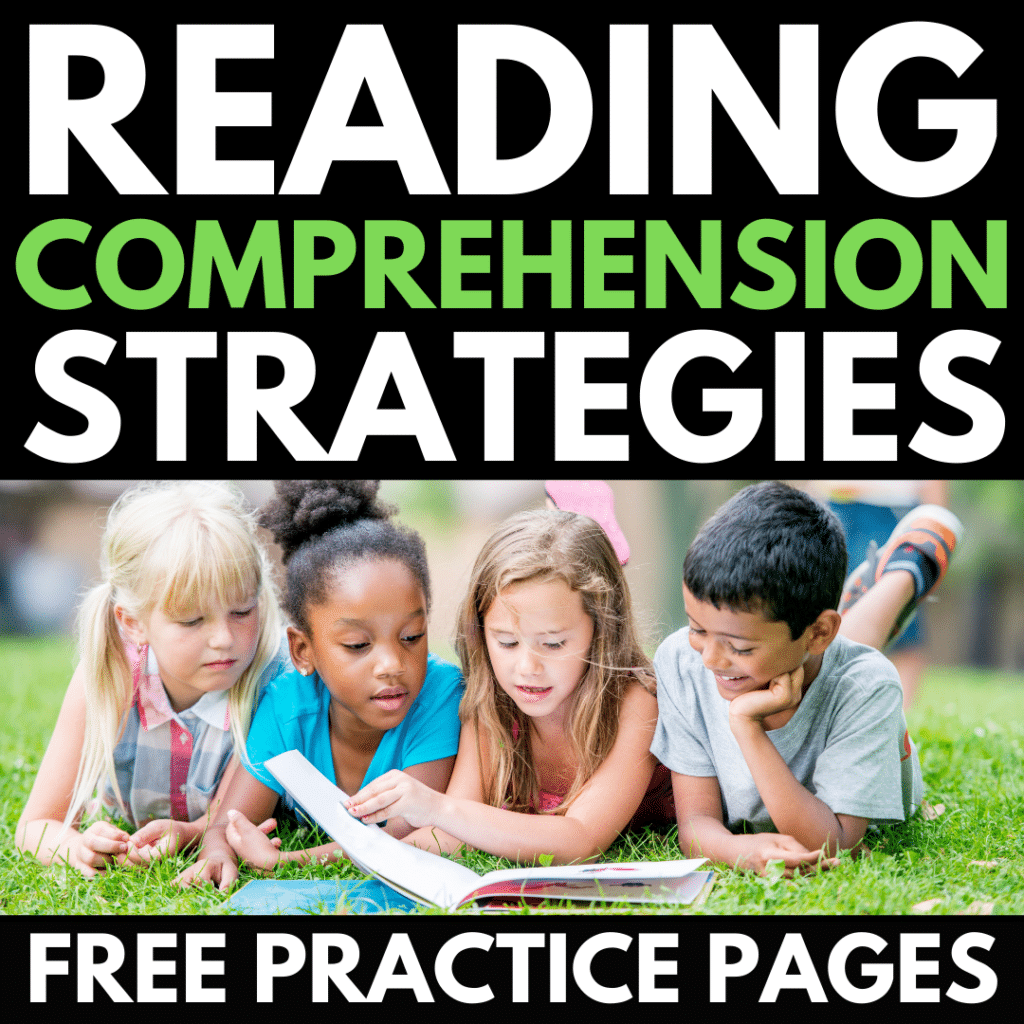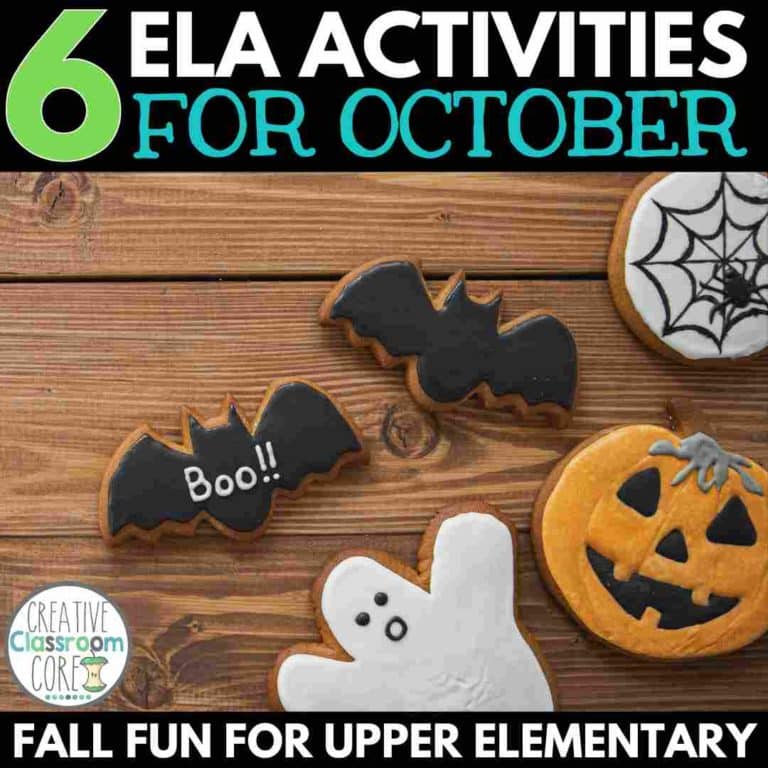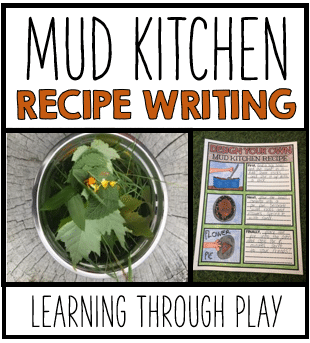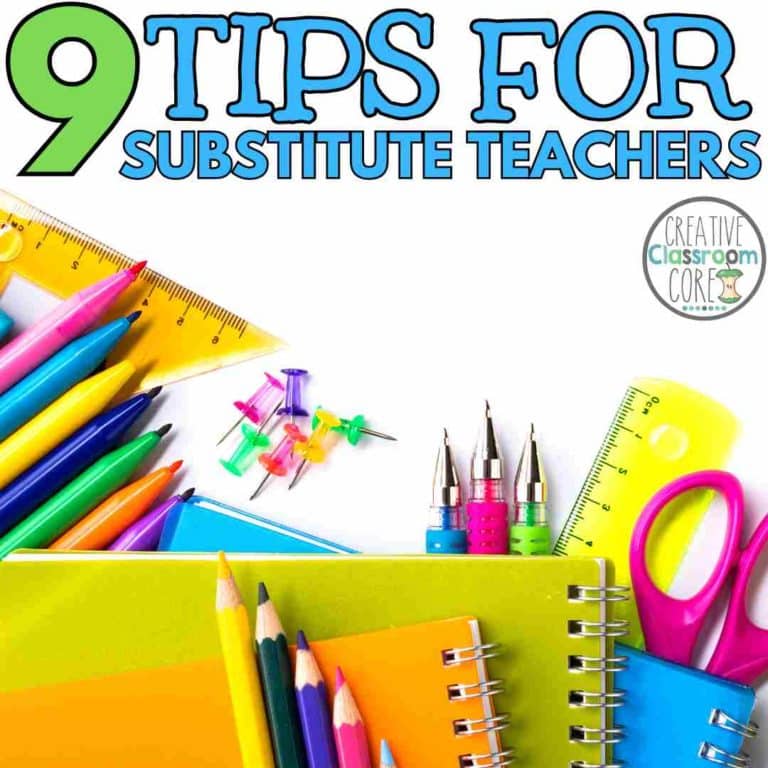Teacher’s Guide to Using Character Analysis Task Cards
By MARISSA DESPINS Updated April 21, 2024
Introduction to Character Analysis
Character analysis is an important skill to introduce in our ELA classroom. It involves examining how characters in literature act, and how their actions enhance the storytelling process. This includes looking at their traits, motivations, relationships, and their development throughout the story. By analyzing characters, students learn to interpret literature more deeply and understand complex human behaviors and social interactions.
Looking for ready to teach character analysis activities that you can print and use with your learners? Click on the image or button below to see all of the different character analysis activities available in my TPT shop!
For additional information on teaching about character, check out our posts on understanding character traits and character analysis activities for middle school!
Why is THIS CONCEPT MATTERS
- Deepens Comprehension: Understanding a character’s motives and actions helps students grasp the story’s deeper meanings and themes.
- Develops Empathy: By examining the reasons behind a character’s actions, students can empathize with different perspectives. This helps to develop a deeper understanding of human nature and diversity.
- Enhances Critical Thinking: Character analysis encourages students to think critically about why characters act in certain ways and how their actions affect the story’s outcome.
- Improves Writing Skills: Through character analysis, students learn how to support their opinions with textual evidence, improving their academic writing.
THE VALUE IN USING TASK CARDS
Task cards are versatile tools that can be used in a wide variety of ways in your classroom. Below are some of my favorite ways to use task cards to teach character analysis.
Group Discussion
Divide the class into small groups and distribute a set of character analysis task cards among them. Each group analyzes the characters based on the questions provided and discusses their findings with the class. This method promotes collaborative learning and allows students to explore multiple viewpoints.
Individual assignments
Assign each student a task card to work on independently. This can be done as a classroom activity or as homework. Later, have students present their analysis to the class, which helps in building public speaking skills and confidence.
Role-Playing
Students can pick characters from the task cards and act out scenes or hypothetical interactions based on their analysis. This kinesthetic activity helps students immerse themselves in the characters’ roles, enhancing their understanding of the characters’ motivations and relationships.
Writing Exercises
Use the task cards as prompts for writing assignments. Students can write essays, diary entries from the perspective of the character, or create alternative scenarios for the characters. These activities encourage creative thinking and improve writing skills.
Comparative Analysis
After completing task cards, encourage students to compare and contrast different characters from the same story or from different stories. This activity can deepen their understanding of character archetypes, narrative roles, and thematic significance.
Literary Elements Integration
Integrate character analysis with the study of other literary elements such as setting, plot, and theme. Students can explore how characters are influenced by the setting or how they contribute to the plot development and theme establishment.
Feedback Sessions
After students present their character analyses, conduct a feedback session where classmates provide constructive criticism and discuss different interpretations. This reinforces the idea that literature can be interpreted in multiple ways
Final Thoughts
Character analysis is a crucial aspect of literary study that enriches students’ reading and comprehension skills. By using character analysis task cards, you can provide a structured yet flexible approach to exploring complex characters and themes. These activities not only make learning more engaging but also equip students with the skills to think critically and empathetically about literature and life.
Looking for some free resources to practice reading comprehension?
Grab this full set of Reading Comprehension Practice Pages by clicking on the image below!
Interested in reading more about reading comprehension strategies?
Check out some of my previous posts below.
Building Reading Comprehension Strategies
Visualization Strategies for Reading Comprehension
Text Mapping to aid Reading Comprehension
Questioning Strategies for Reading Comprehension
Interested in signing up for my email list?
If you are interested in signing up for my email list, you can do so by clicking on the link below. I periodically send out emails with free resources, teaching tips, and exclusive deals. Signing up will also give you immediate access to some of my best selling Interactive Notebook resources – foldable activities, graphic organizers, and other fun activities.
